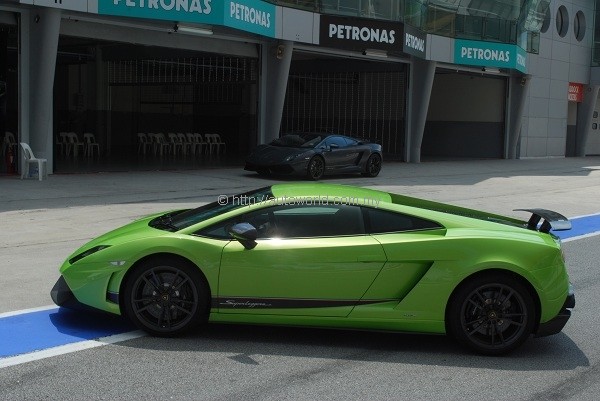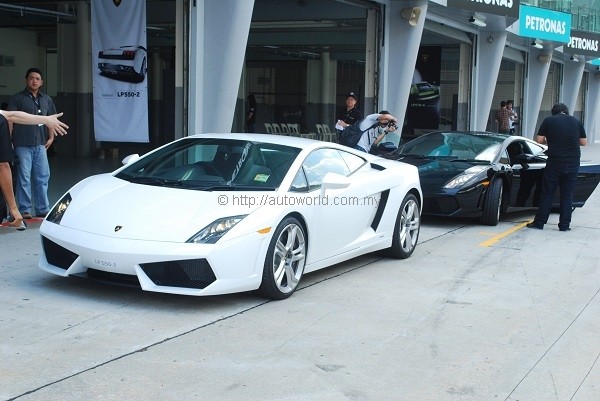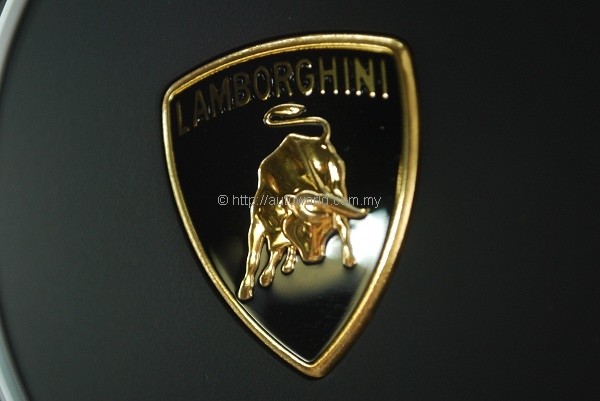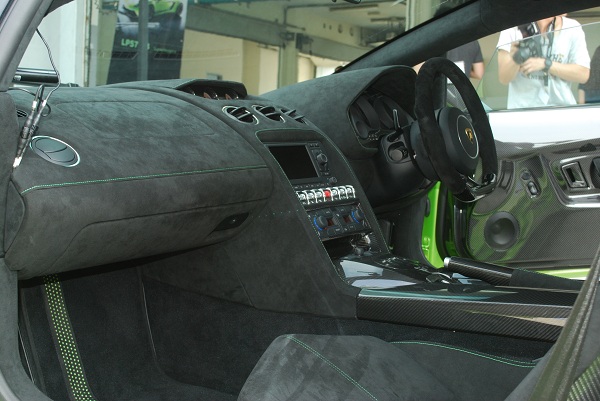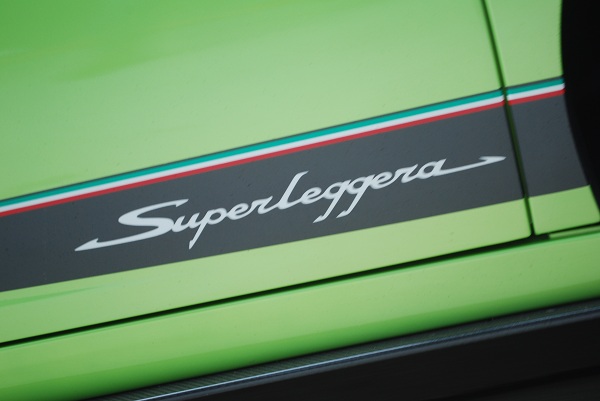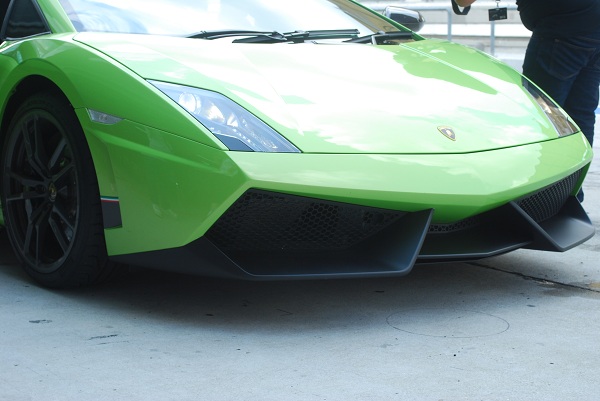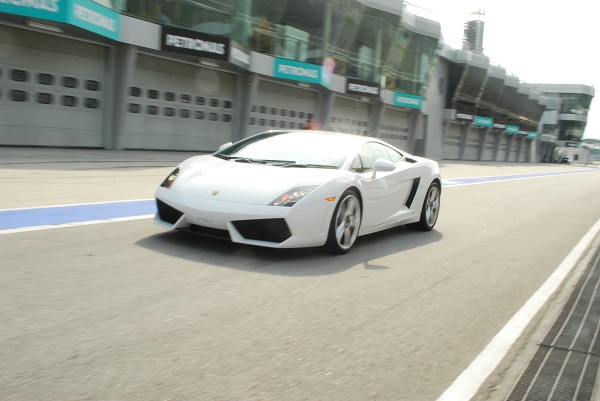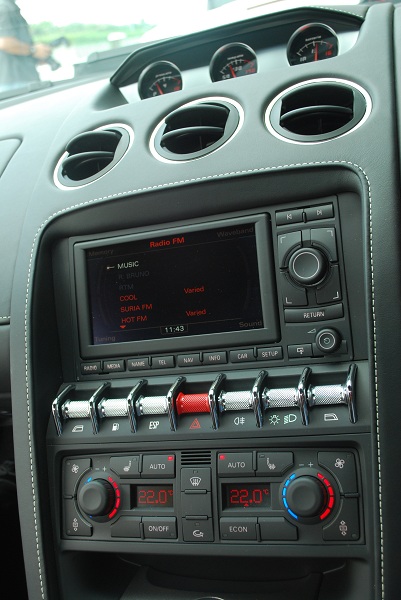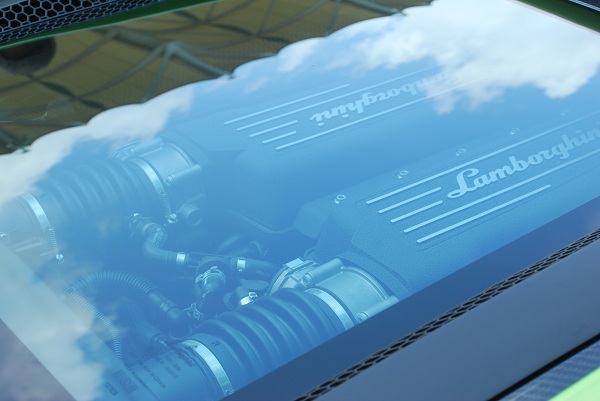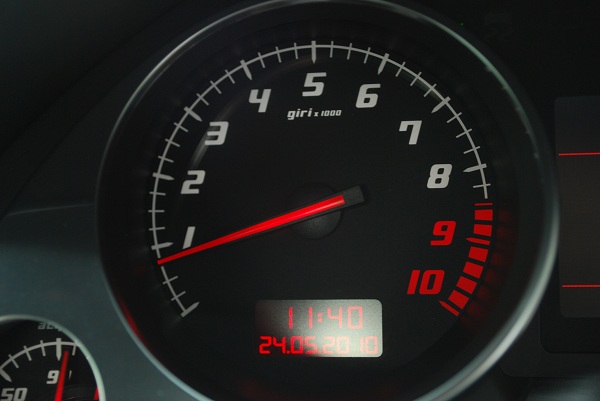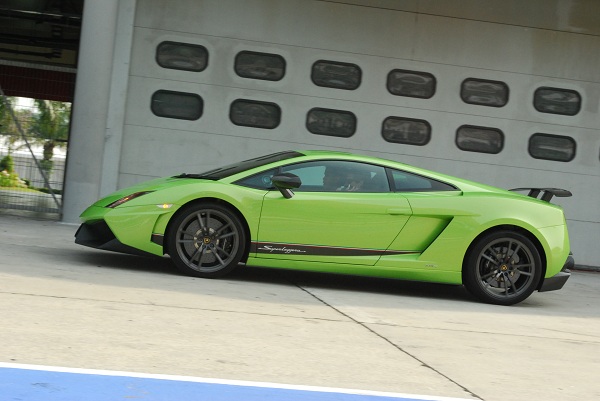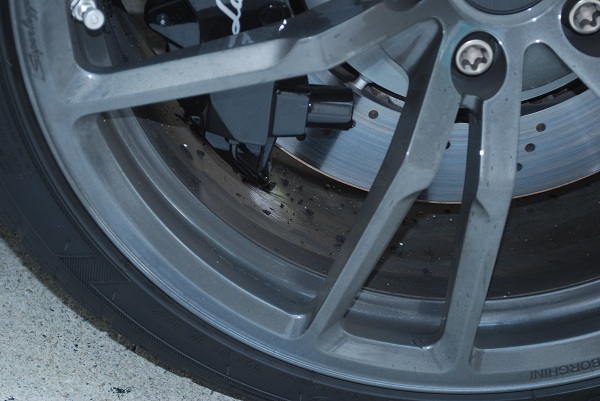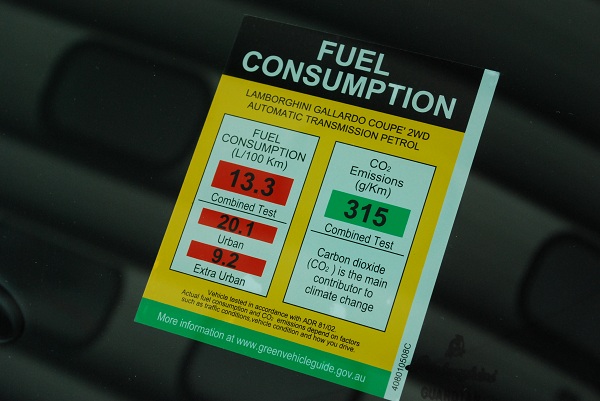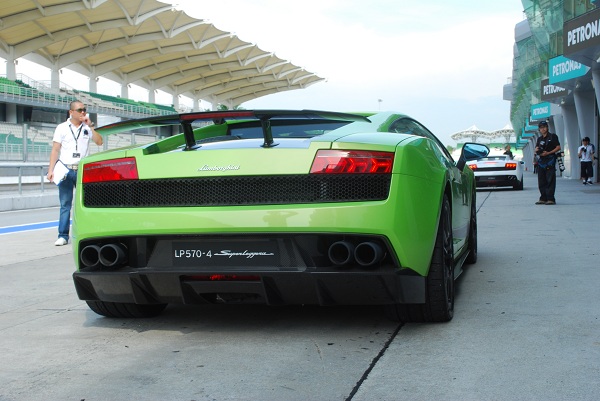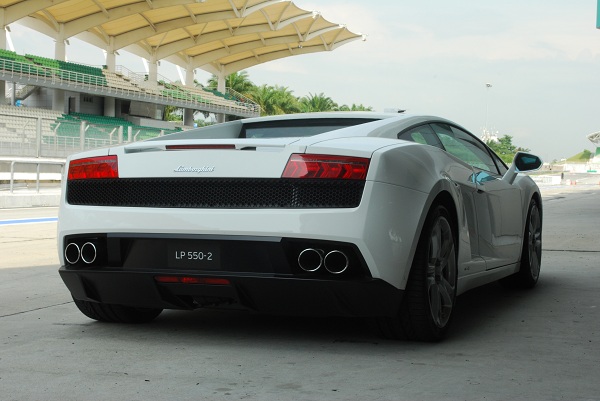Lamborghini Regional Track Event – Taming the Bulls
When you put your hard earned millions into a car like a Lamborghini, you’re spending money on something that’s over-engineered for our roads. The national speed limit is 110kph, and you don’t need to have read a lot about cars to figure that a Lambo is able to go quite a bit faster than that.
The reality here is simple, most cars driven at 110kph feel absolutely miserable, but because exceeding this limit on too many occasions might see you losing your license to drive, so you might not want to be doing the double ton too often.
Without an autobahn around for us to ‘floor it’, buying a supercar in our country is akin to getting an axe to chop onions – you’re getting a tool that’s over-designed for the task. An axe is best used for chopping a tree, and a Lamborghini is best used on track, which leads us to the recent Lamborghini Track Event held at the Sepang International Circuit.
I was present at the event, and the first of two cars I drove produces 570hp and sends them to 4 wheels. It is a full 70kg lighter than the already light Gallardo LP560-4. Super-light in Italian is called Superleggera, and it seemed apt to christen this word into the car’s name, with the horsepower and number of driven wheels completing the nomenclature, bringing us the Lamborghini Gallardo LP570-4 Superleggera. Another point to remember is that pronouncing “LP570-4″ without mentioning ‘dash’ actually sounds rather silly.
There were two units of the Superleggera – one unit looking sinister in a very dark shade of grey, and the other better exposing the designers’ pen lines in lime green colour. The lime green unit in particular contrasted well with all its carbon fibre pieces sprinkled throughout its shapely body.
Stepping inside, some of that drama built up by that fearsome exterior is lost when you see the simple and fuss-free dash. The dials may feature some lovely fonts, but you can’t help but notice a guiding hand from parent company Audi here, which isn’t a bad thing at all. Ingolstadt’s signature is there for all to see in the MMI unit occupying the centre console.
Fortunately, this similar lack of drama is not replicated in the engine room located amidships. In there rests a 5,204cc naturally aspirated V10 fed by, you’ve gotta let me say this, Iniezione Diretta Stratificata. How on earth do the Italians make something as clinical as direct injection sound so freaking cool?
The quoted peak output 570hp comes out at a stratospheric 8,000rpm, and propelling you to those dizzy heights is a hefty 540Nm of torque, delivered at 6,500rpm. A twin-plate clutch connects the engine to the 6-speed robotized manual transmission (dubbed e-gear in Lambo-speak) that dispatches power to all four corners via a permanent all-wheel drive system.
Besides contributing to marginally improved performance, the Superleggera’s featherlight weight of 1,340kg entails positive implications for handling, as the already capable chassis has less mass to shift when its competencies are put to the test.
Because this is the e-gear version, there are only two pedals, but they are both offset to the middle, thanks the intruding wheel-arch. In a family car, this would be chastised as badly as an own goal in football, but in the Lambo, that certainly wasn’t a bother as I sent the ten pistons behind me rocketing to the redline time and again.
Each of us present at the event were given two laps in the car. We started from the pit lane, completed one lap and got back in at the end of the second. I won’t tell you what was the fastest speed I went in those two laps, because I really have no idea.
The whole time I was on track, my eyes were shifting only between the track to plot my cornering lines, and also the tacho to time the transmission upshifts. As I pulled the right flappy paddle to trigger the upshift, it felt as if as the gearbox was jamming the next gear in before punching forward with sledgehammer force. It was not at all civilized, but there was never any ‘girl-next-door’ expectations as far as this car was concerned.
Guided by cones and an accompanying instructor, I was able to time my gear changes and aim the cornering lines with good accuracy. The four-wheel drive system gave a much bigger safety net, and a highly poised chassis ensures that, barring absolute stupidity, the Superleggera dispatches corners with absolute confidence.
Jumping into the LP550-2 next, things felt markedly different. This is not the Valentino Balboni version, as Lamborghini took great care not to refer to the two LP550-2 cars there by that extended name. The principle is similar though – this is a rear-wheel drive version of the Gallardo with its right-angled V10 de-tuned to 550hp. Torque is maintained at the same 540Nm @ 6,500rpm, and the transmission in this car is the same e-gear system as the Superleggera, but sending power only to the rear.
On paper, the LP550-2 may seem like the lesser car, but often is the case with many cars, the lower model sometimes possess more driving fun and character than its more powerful brethren. While there is no doubt that the Superleggera is the more capable vehicle, it is the -2 (pronounce it ‘dash 2′) that felt faster and more lively.
Perhaps it’s because going rear-wheel drive means less components for the engine to spin, but the -2 felt noticeably more responsive than the Superleggera. However, because the colossal power, although reduced, now has only half the contact patch to be channeled to the road, it also ends up, naturally, being more tail happy, and thus needing greater care to manage.
At the end, I can’t say that two laps each in both the Superleggera and the LP550-2 to be adequate, but I’ll say this – I’d much rather have tested them over two laps in Sepang, where they belong, than over two days on the open road, where they don’t.





